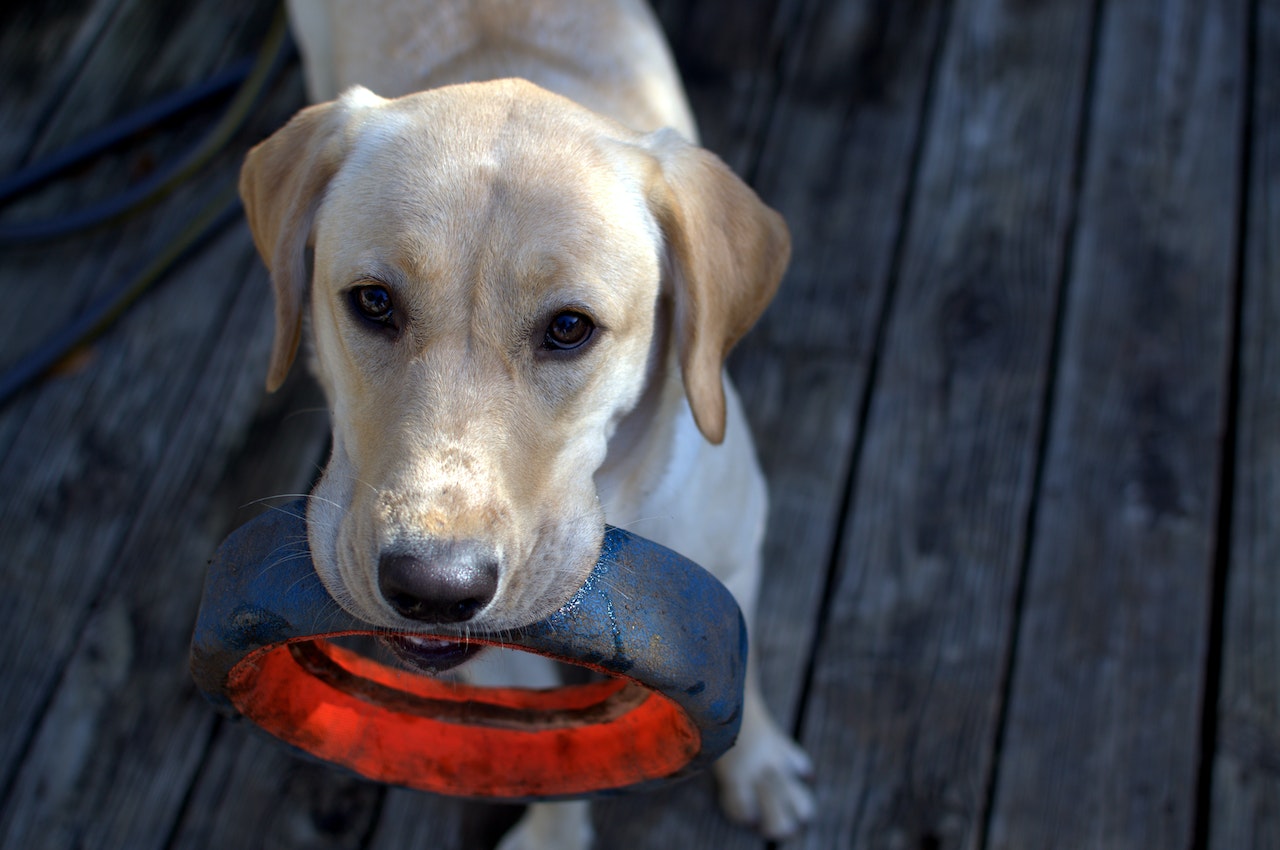How to Train Out Resource Guarding
When it comes to training a Labrador, addressing resource guarding can be a crucial aspect of their development. Resource guarding refers to a dog’s behavior of protecting valuable items or spaces, such as food bowls, toys, or even certain areas of the house. It can manifest as growling, snarling, snapping, or even biting when someone approaches the guarded resource.
To train out resource guarding in Labradors, it’s important to approach the issue with patience and consistency. One effective method is counter-conditioning, which involves associating the presence of people near valuable resources with positive experiences. For example, you can gradually teach your Labrador that when someone approaches their food bowl or toy, it means they will receive something even better like a high-value treat or praise.
Training out resource guarding in Labradors requires consistent effort and understanding. By using positive reinforcement techniques like counter-conditioning and desensitization, you can help your furry friend overcome this behavior and foster a more trusting relationship built on mutual respect.
Creating a Positive Training Environment
When it comes to training our furry friends, creating a positive environment is key. This holds true for addressing resource guarding behavior in Labradors or any other breed. To ensure effective and successful training sessions, here are some essential steps to take:
- Establish Trust: Building a strong bond of trust between you and your Labrador is fundamental. Spend quality time together engaging in activities that they enjoy, such as playtime or going for walks. By establishing trust, your Labrador will feel more comfortable and secure during training sessions.
- Use Positive Reinforcement: Positive reinforcement is an effective technique that rewards desired behaviors with treats, praise, or affection. When working on resource guarding issues, reward your Labrador whenever they display non-possessive behavior around their resources. This encourages them to associate positive experiences with sharing and relinquishing items.
- Gradual Desensitization: Resource guarding can stem from fear or insecurity. To address this behavior, gradually expose your Labrador to situations where they may feel possessive over their belongings but in a controlled manner. Start by practicing with less valuable items and gradually work up to higher-value ones, always rewarding good behavior along the way.
- Teach “Leave It” Command: Teaching your Labrador the “leave it” command can be invaluable when dealing with resource guarding tendencies. Begin by using low-value objects and reinforcing the command with treats when they successfully let go of the item on cue. With consistent practice and reinforcement, your Labrador will learn to release items willingly when asked.
- Seek Professional Help if Needed: If you’re facing challenges in addressing resource guarding behaviors despite consistent efforts, don’t hesitate to seek assistance from a professional dog trainer or animal behaviorist specializing in positive reinforcement techniques.
Teaching Basic Obedience Commands for Labrador Training
When it comes to training a Labrador and addressing resource guarding behavior, teaching basic obedience commands is an essential step. These commands not only help establish boundaries but also foster a positive and cooperative relationship between you and your furry friend. In this section, I’ll explain how to effectively teach basic obedience commands to your Labrador.
- Start with the basics: Begin by introducing simple commands like “sit,” “stay,” and “come.” These foundational commands are crucial for establishing control over your dog’s behavior. Use positive reinforcement techniques such as treats, praise, and rewards to motivate your Labrador during training sessions.
- Break it down: Divide each command into smaller steps to make it easier for your dog to understand and follow along. For example, when teaching the “sit” command, start by luring your Labrador into a sitting position with a treat held above their head. Gradually phase out the treat as they become more familiar with the command.
- Consistency is key: Dogs thrive on consistency, so make sure you use the same verbal cues and hand signals every time you give a command. This helps reinforce their understanding of what is expected from them. Practice these commands in various environments and gradually increase distractions to ensure that your Labrador can perform them reliably.
- Positive reinforcement: Rewarding good behavior is vital in training any dog breed, including Labradors. Whenever your Labrador successfully follows a command or displays desired behavior, offer immediate praise, treats, or playtime as positive reinforcement. This positive association will encourage them to repeat those behaviors in the future.
- Short but frequent sessions: Keep training sessions short (around 10-15 minutes) but frequent throughout the day rather than having long exhaustive sessions once in a while. Shorter sessions help maintain focus and prevent boredom or frustration for both you and your dog.
